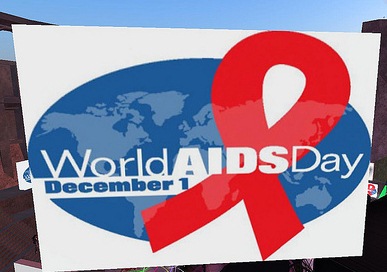President Barack Obama pledged an additional $35 million Thursday to support state AIDS drug assistance programs (ADAP), which could mean more money for North Carolina residents with the disease.

Photo by Daniel Voyager.
Lisa Hazirjian, director of the NC AIDS Action Network, said there is no way to know exactly how much of that money will make its way to North Carolina, but any amount is welcome.
North Carolina is one of 12 states in the U.S. with a waiting list for the ADAP program, which targets low-income people with AIDS. One hundred and six people with AIDS were on the statewide waiting list in mid-November. North Carolina received $3 million in October from the federal government to reduce the waiting list by about 300 people.
AIDS treatment medications can cost anywhere between $15,000 and $20,000 per year.
The financial eligibility to qualify for the life-saving drugs in North Carolina was lowered in 2010 from 300 percent of the federal poverty level (annual income of $67,050 for a family of four), to 125 percent of the federal poverty level (annual income of $27,938 for a family of four). North Carolina also reduced the number and kinds of medications available to patients with AIDS.
As of last December, Wake County had 2,664 people living with HIV and an additional 1,120 people whose HIV infections had progressed to AIDS. County health care providers reported 123 people with new diagnoses of HIV and 56 people newly diagnosed with AIDS for the first three quarters of 2011.
North Carolina is starting to see a downward trend for both new HIV infections and new AIDS diagnoses according to Evelyn Foust, head of the Communicable Disease Branch of the state Department of Health and Human Services. She attributes the trend to increased HIV testing and increasing access to anti-retroviral medications.
“But if you stop fighting, if you stop making prevention and treatment a priority, you will see the numbers go back up,” Foust said.
“We know that medications are vital tool for the health of people living with HIV and also a tool for preventing new infection,” Hazirjian said. “And we know that keeping people’s viral loads down to undetectable has such tremendous public health benefits.”
Hazirjian cited an international study lead by researchers at UNC-Chapel Hill that found a 96 percent drop in the rate of transmission of HIV between couples where one partner was HIV-positive and the other was not.
According to research by the Duke Center for Health Policy and Inequalities Research, states in the Southern U.S. have the highest rates of new HIV infections in the country. And more than 99 percent of people on ADAP waiting lists are in states in the South.
